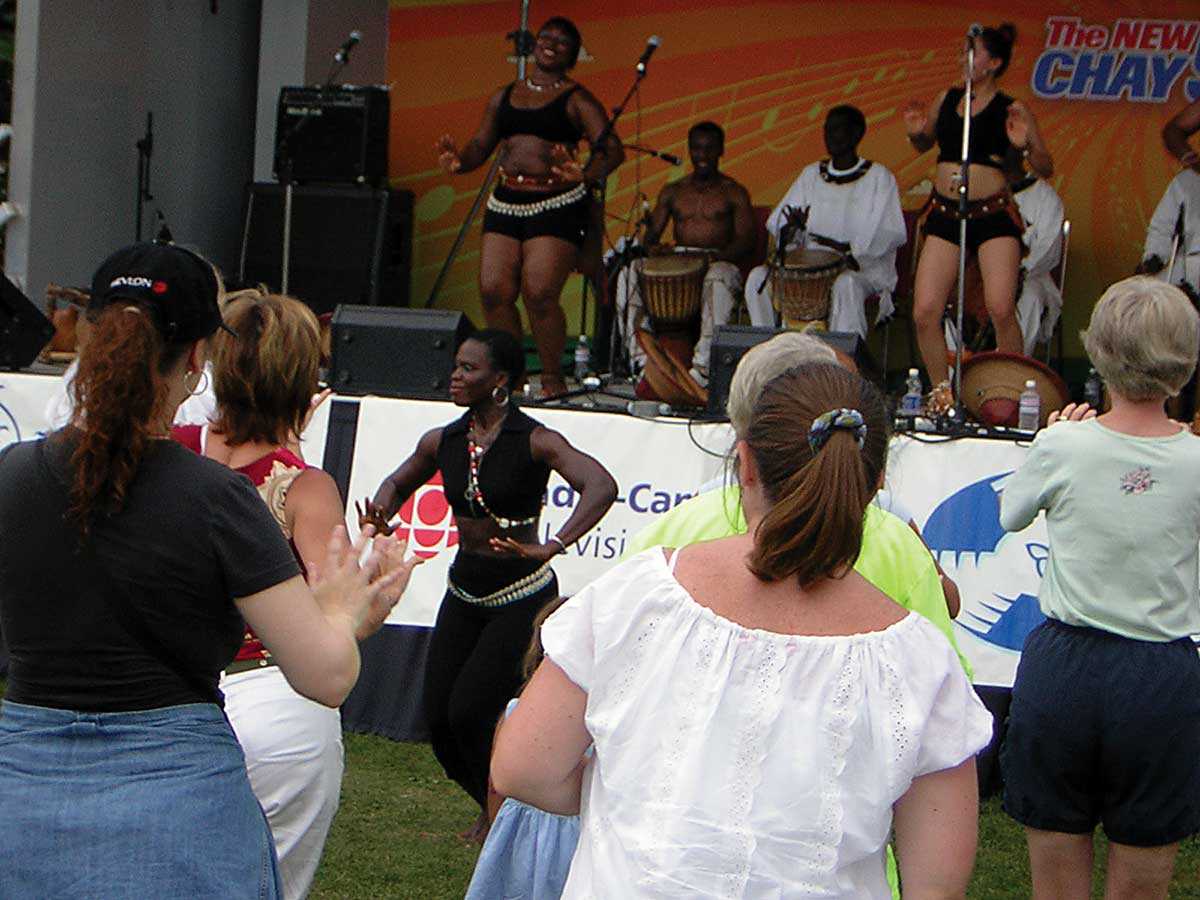

Browse by category
- Adaptive reuse
- Archaeology
- Arts and creativity
- Black heritage
- Buildings and architecture
- Communication
- Community
- Cultural landscapes
- Cultural objects
- Design
- Economics of heritage
- Environment
- Expanding the narrative
- Food
- Francophone heritage
- Indigenous heritage
- Intangible heritage
- Medical heritage
- Military heritage
- MyOntario
- Natural heritage
- Sport heritage
- Tools for conservation
- Women's heritage
The early French experience in Ontario
Francophone heritage
Published Date: May 18, 2012
Photo: Pioneers of Penetanguishene. A group of voyageurs – Lewis Solomon, John Bussette, James Laramee and Francis Dusome – from an 1895 photograph (Source: A.C. Osborne, The Migration of the Voyageurs from Drummond Island to Penetanguishene in 1828, Toronto, Ontario Historical Society Papers and Records, 1901).
The French came to present-day Ontario as early as 1610, and Canadiens (descendants of French colonists) were established in three areas by 1840. The story began with a First Nation alliance and a Roman Catholic mission, developed with official exploration and the fur trade, and continued with agriculture and permanent settlement.
An alliance and a mission
When Champlain established his Quebec habitation, he formed a military alliance with the Wendat (Hurons) of Georgian Bay. An employee of a fur trade monopoly, Champlain needed their support to maintain a steady supply of furs. He sent Étienne Brûlé to their villages in 1610 to gather information and learn their language. Champlain himself wintered in Wendake in 1615-16.
Information was also obtained through missionaries sent by counter-reformation France, and Recollets visited the sedentary Wendat. But the Jesuits, wanting to ensure a steady presence among them, built Sainte-Marie-among-the-Hurons and made it into a fortified village to house an increasing number of converted Wendat. Envious of the middleman role of the Wendat in the fur trade, the Five Nations Confederacy attacked and destroyed Wendake in 1648-49. The Jesuits were forced to demolish their own installations and flee with their converts, wintering on St. Joseph Island and then moving to the Quebec City area. Yet missionary work continued, but together with the fur trade.
Exploration and the fur trade
The French depended on the fur trade. With a dwindled supply after the turmoil created by the Confederacy, they developed a new strategy: travelling to the up-country to obtain furs.
In 1659-60, Pierre-Esprit Radisson and his brother-in-law successfully ventured to Lake Superior. Callously treated by the authorities, they went to England where their know-how led to the creation of the Hudson’s Bay Company. The company’s posts on James Bay and Hudson Bay were captured by expeditions from Quebec. Recovered by the English and captured again by the French, the posts were finally surrendered to the English in 1713.
Increased interest in the Great Lakes area also resulted in expeditions to take possession of the region for the French king. Military officers allied with First Nations and built posts around the lakes. Closed in 1696 in an attempt to curb the supply of beaver pelts, trade was re-established. Detroit was built in 1701, Michillimackinac restored in 1717 and others afterwards. Official exploration, supported by French imperial ambitions and financed by the fur trade, contributed to further expansion after 1731, when Pierre Gaultier de La Vérendrye built posts on Rainy Lake and Lake of the Woods for his search for the western sea and a transcontinental route to Asia.
After the Conquest (1760), Scottish and English Montreal merchants took over the fur trade, their companies and later the powerful North West Company adopting the French trade methods and organisation. With the Loyalist settlement of the peninsula, the fur trade lost its significance for the peninsula, leaving only the Ottawa River-French River-Great Lakes and the St. Lawrence-Great Lakes waterways as highways to the northwest and the Upper Mississippi.
Historical plaque of Fort Rouillé, Toronto. Fort Rouillé, a trade and military post, formed with Fort Frontenac, Fort Niagara and others the French line of defence against the Thirteen Colonies and England. Built in 1750-51, it was destroyed by its garrison in 1759, during the War of the Conquest (Photo: Alan L Brown).
Agricultural settlement
The French, no doubt, practised agriculture early in present-day Ontario. This was certainly the case at Fort Frontenac as early as the 1670s. Agricultural settlement, however, began at Fort Pontchartrain in Detroit. Initially a fur trade post, it attracted the First Nations. Fur traders, soldiers and tradesmen also came, as did others with their families. Land had been granted since 1734 and the mission transformed into a parish, Assomption, in 1767. The Canadiens had established a colonial society, about 3,000 strong, on the shores of the Detroit River.
Detroit was transferred to the United States in 1783, but the settlement on the British side of the Detroit River became part of Upper Canada on its creation in 1791. Several French settlers, such as the Baby family, participated actively in Upper Canadian politics. The Canadien population of the Essex and Kent area reached 4,500 by 1837. Schools were established, and parishes and other institutions were added to create an active community.
Another successful settlement – this time in the Penetanguishene area, a military and naval base southeast of Georgian Bay – began in 1828 when 75 Métis voyageur families moved there from Drummond Island with the British garrison. They were joined in the 1840s by Canadiens mostly from the Montreal area. Forest and sawmill operations later became their main activity.
After 1810, following the establishment of British preferential tariffs for North American timber, the Ottawa Valley became another area of Canadien settlement, when thousands migrated to work in lumber camps. In the 1820s and early 1830s, Canadien foresters and raftsmen – including the legendary Joseph Montferrand – fought with Irish workers over the control of the timber operations. Many settled permanently, along with habitants moving from overcrowded seigniorial lands in western Lower Canada. They were the first wave of what would become a large movement to eastern Ontario.
Francophone presence
When Upper and Lower Canada formed a united Canada in 1841, Canadiens were solidly established in three areas of Upper Canada: south of Lake St. Clair in the Assomption area, southeast of Georgian Bay in the Penetanguishene area, and south of the Ottawa Valley in the Bytown area. Other Canadiens left the overpopulated seigniorial lands of the St Lawrence Valley to join them. These varied factors all contributed to the establishment of a robust francophone presence in Ontario.

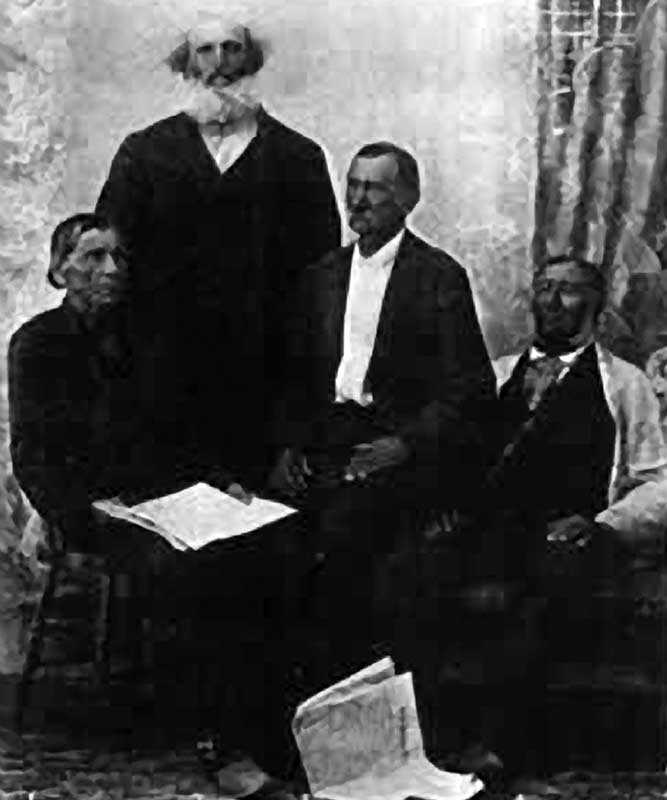
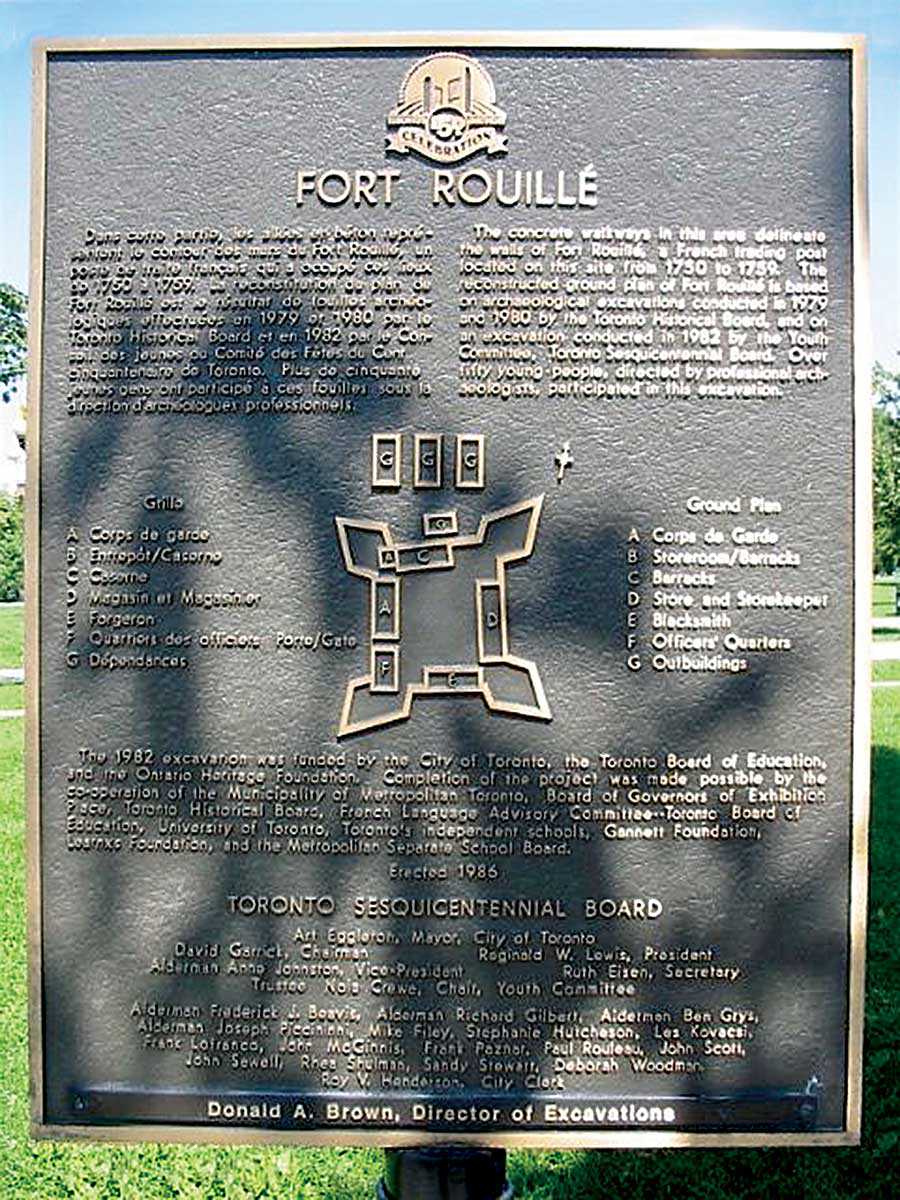
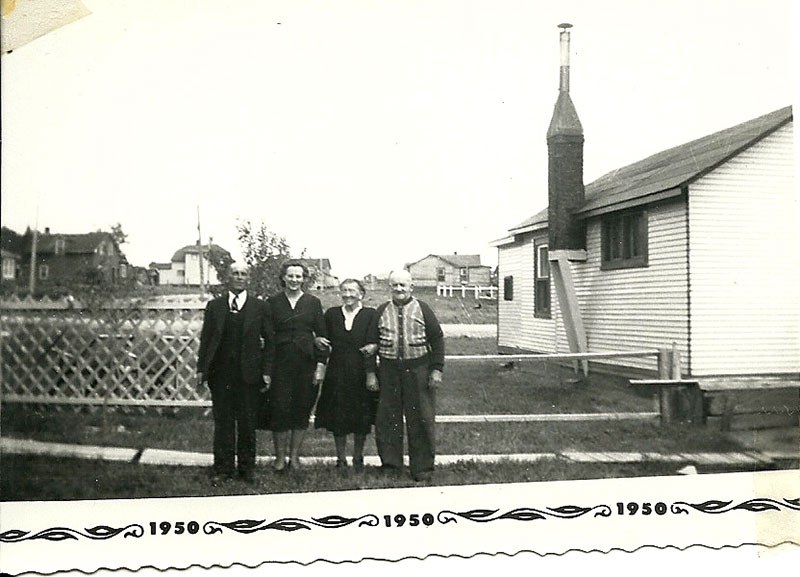
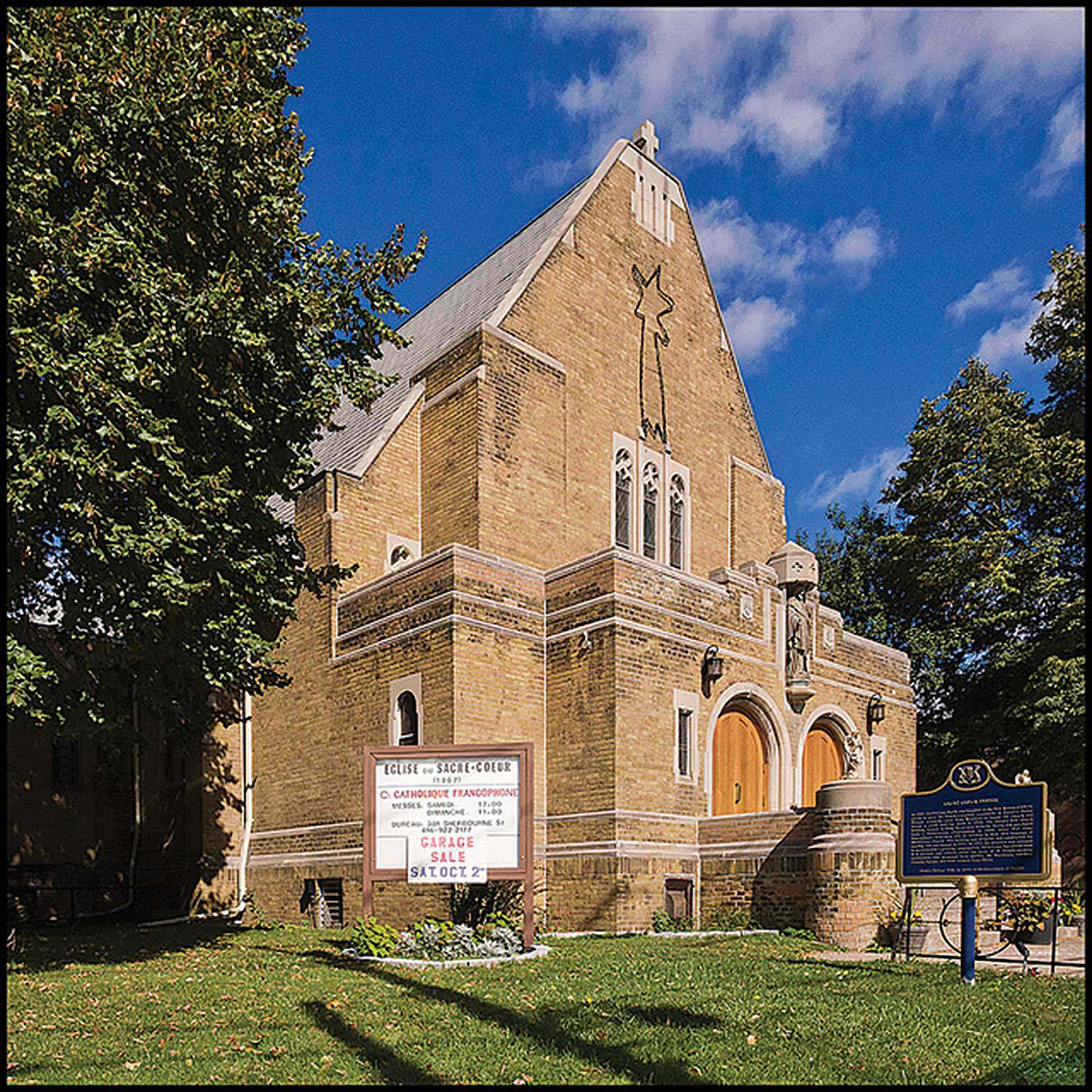
![The family of Simon Aumont. Only Simon himself and Irène (seated, holding a doll), survived the great fire that devastated the region in 1916, Val Gagné (Ontario), [before 1916]. University of Ottawa Centre for Research on French Canadian Culture, TVOntario archive (C21), reproduced from the collection of Germaine Robert, Val Gagné, Ontario.](https://www.heritage-matters.ca/uploads/Articles/Frenette-Ph23-VG-3-web.jpg)
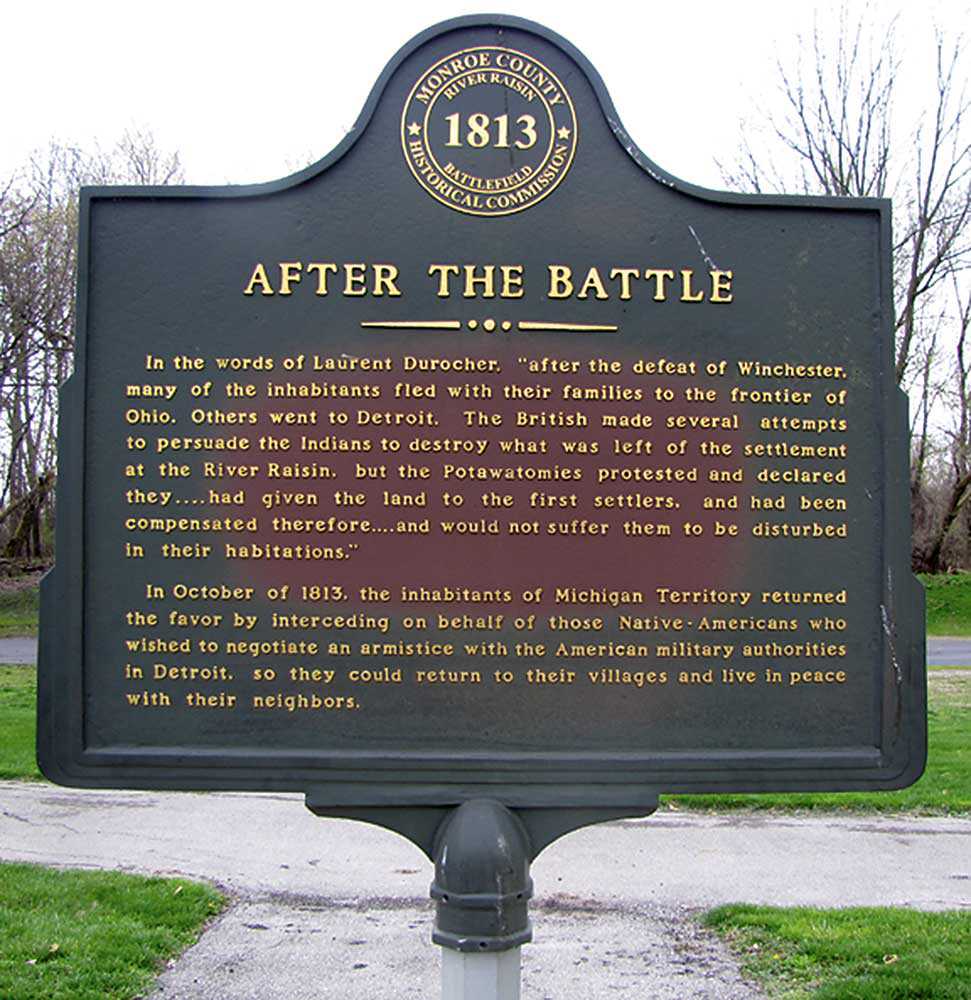

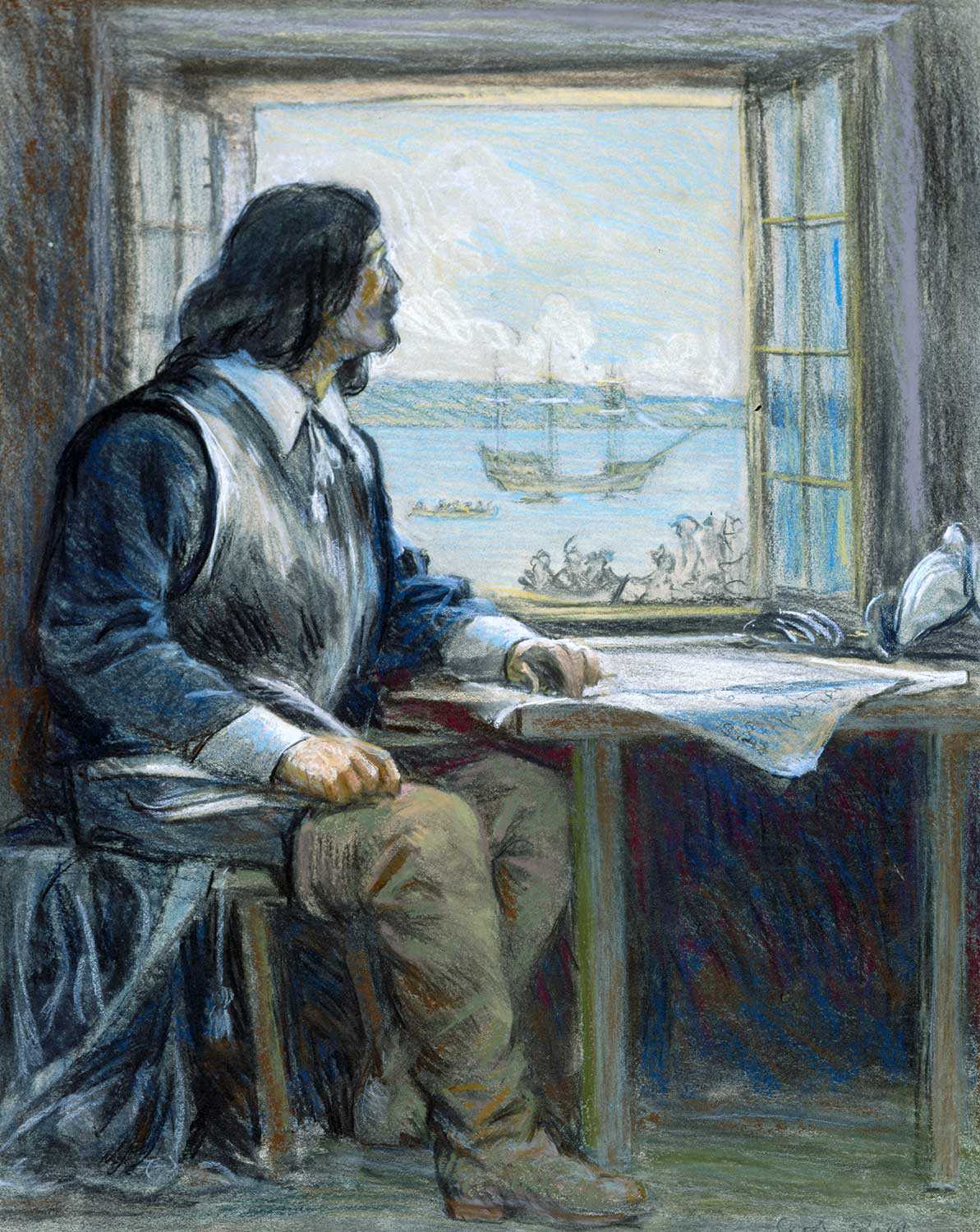

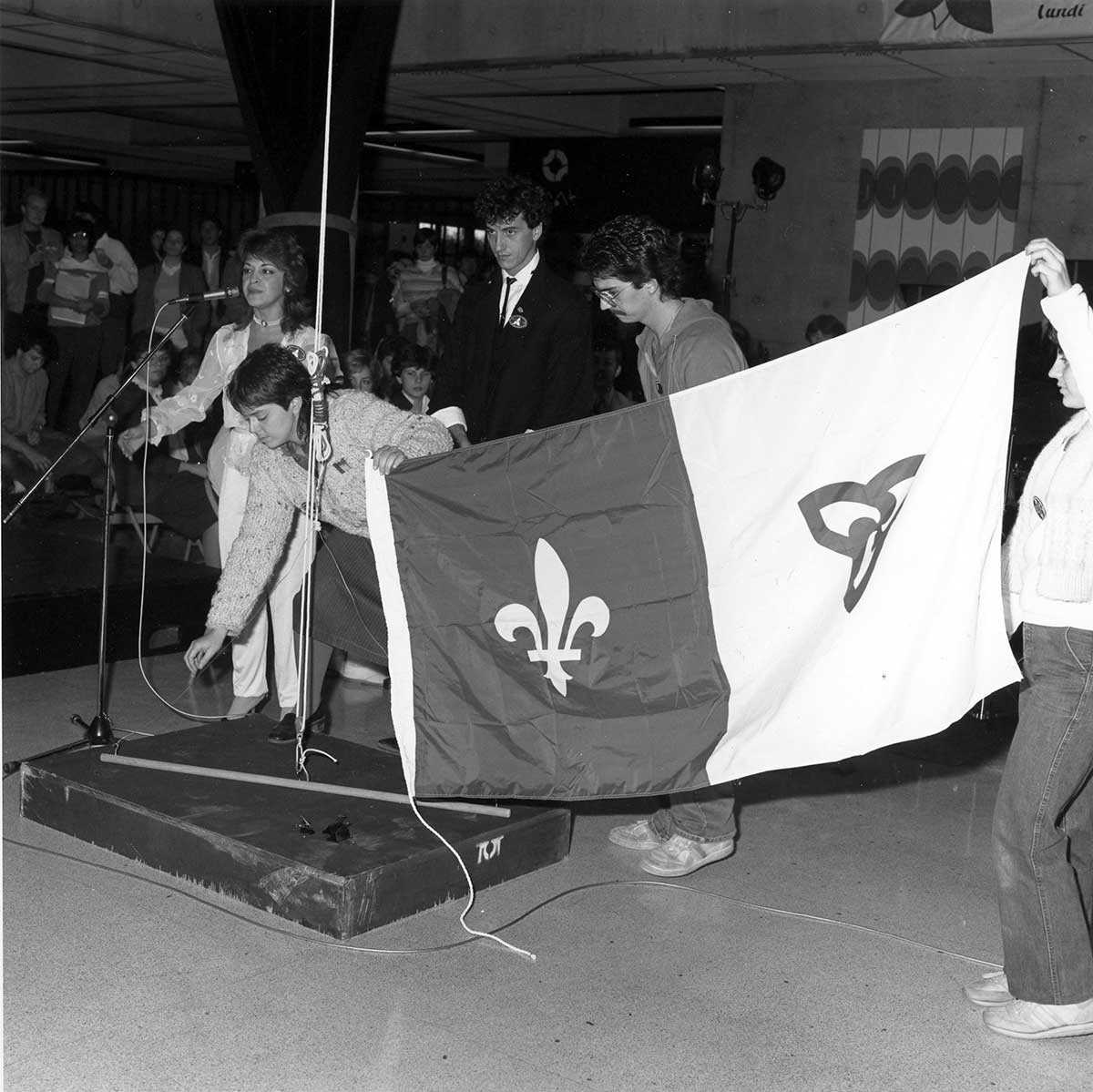
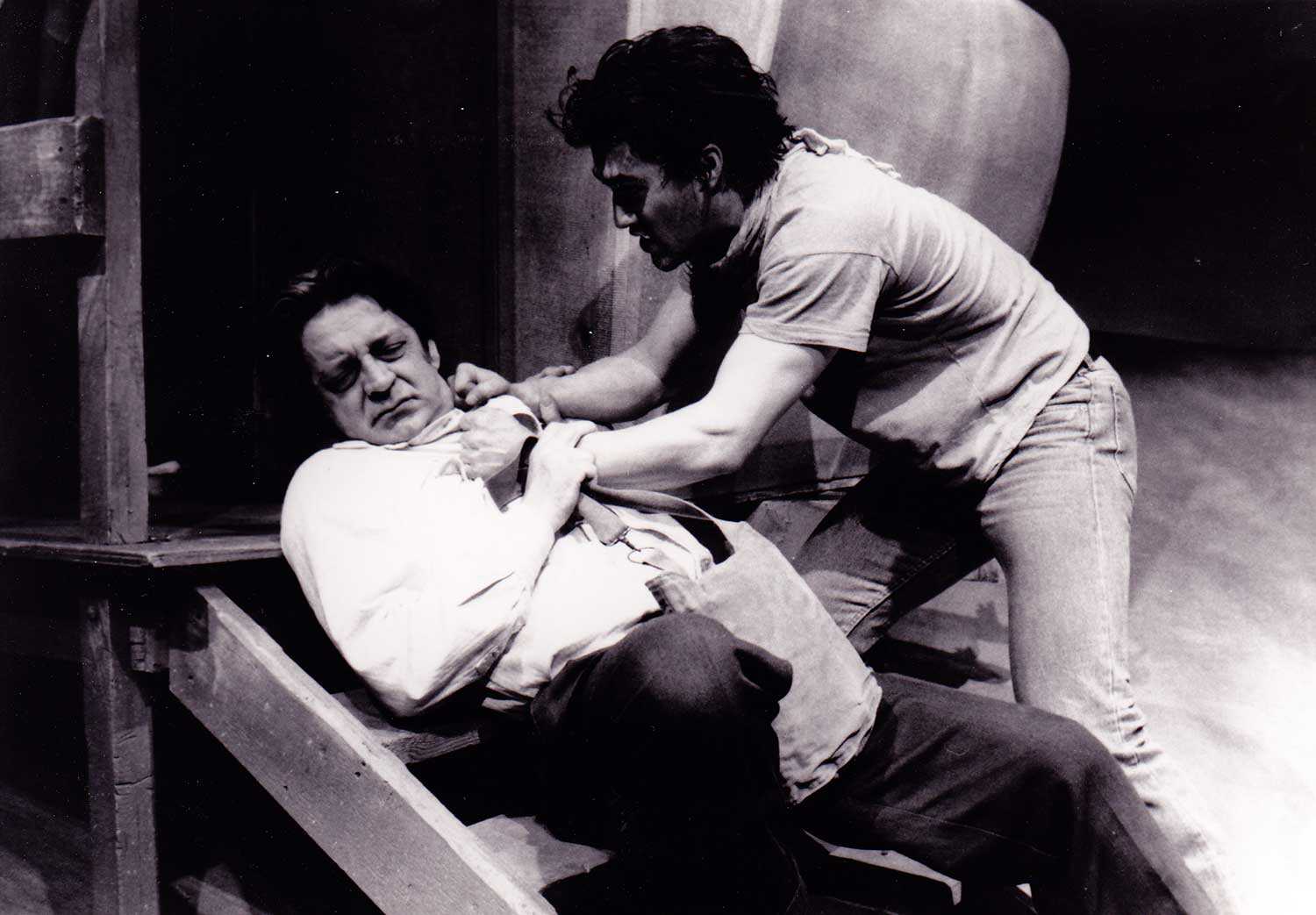
![Students demonstrating against Regulation 17 outside Brébeuf School on Anglesea Square in Ottawa’s Lowertown, in late January or early February, 1916 / [Le Droit, Ottawa]. University of Ottawa, Association canadienne-française de l’Ontario archive (C2), Ph2-142a.](https://www.heritage-matters.ca/uploads/Articles/Cecillon-Ph2-142a-web.jpg)
